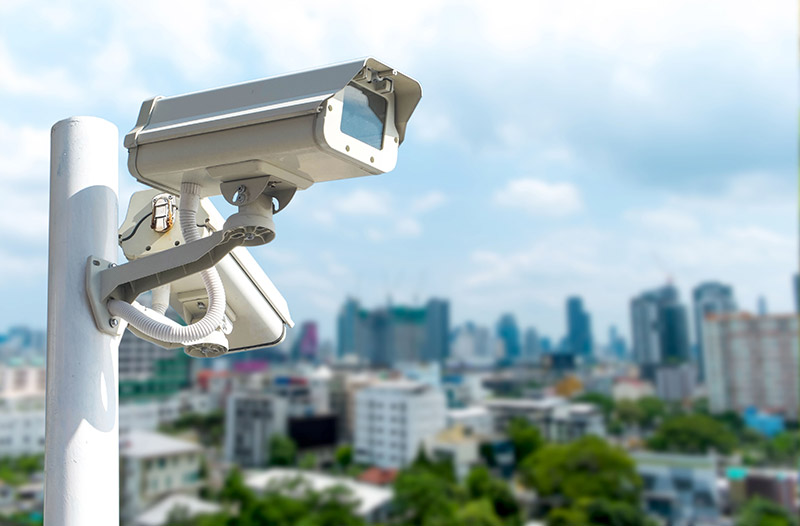At present, as a whole of urban road traffic and community monitoring management, security monitoring has an increasingly large market cake, and various transmission applications emerge in endlessly. From the initial cable video coaxial transmission to the gradually popular optical cable transmission, the video transmission technologies adopted can be divided into coaxial baseband transmission, RF transmission, optical cable transmission, twisted pair transmission Digital network transmission, common cable transmission and other transmission modes. In addition to digital network transmission technology, others use physical transmission media. Each transmission mode has advantages and disadvantages. Below, we will discuss the advantages and disadvantages of several transmission modes.

Monitoring engineering is the earliest, most used and relatively easy transmission mode in these transmission modes. Its transmission mode is direct transmission. One coaxial line is used to connect the camera to the monitoring center, and multiple lines are used for multiple channels. It is mainly through the outer shielding layer to resist interference and prevent the interference signal from entering the video transmission. The general transmission distance is 200-300m. If the distance is longer, anti-jamming device and video amplifier shall be added. One coaxial line transmits one channel of signal.
The characteristics of coaxial line are: small attenuation and good anti-interference; The disadvantage is that the wire diameter is thick, heavy and not easy to bend.
Features: it is also a transmission line, which will not occupy a lot of space and has small attenuation; The disadvantage is that the modulation is complex.
 97506075
97506075

Wechat QR code
